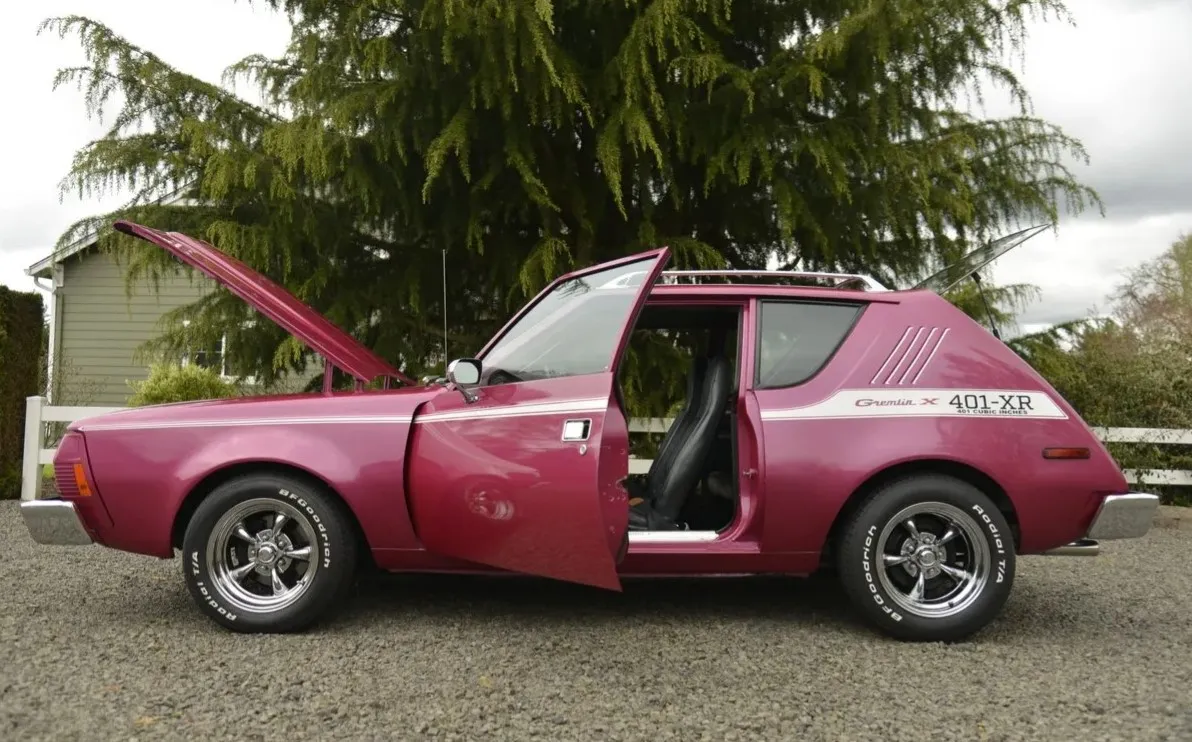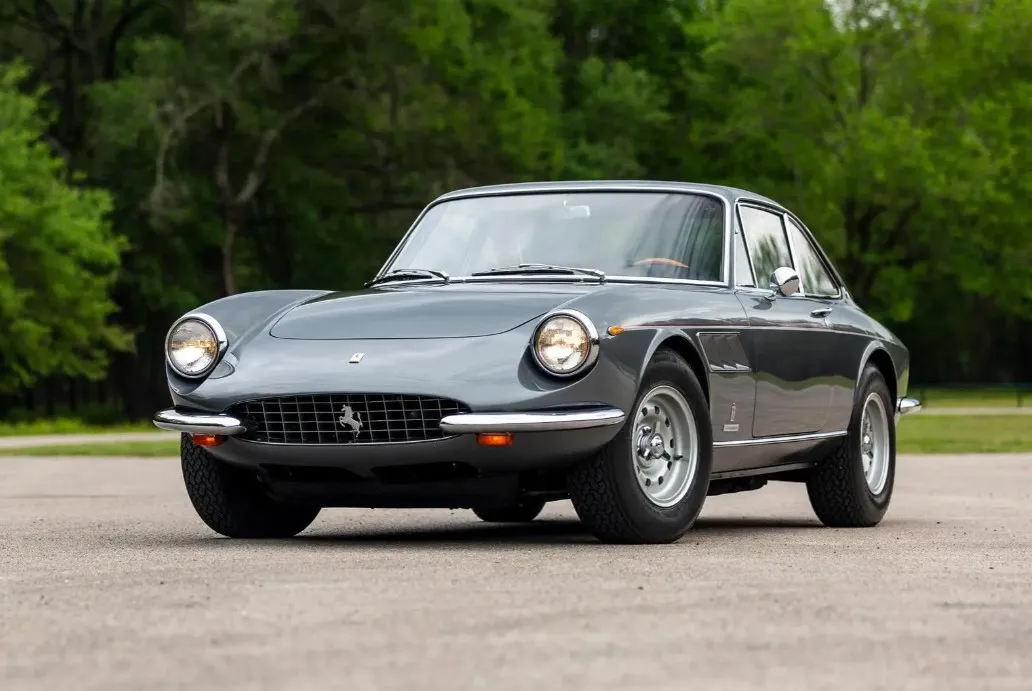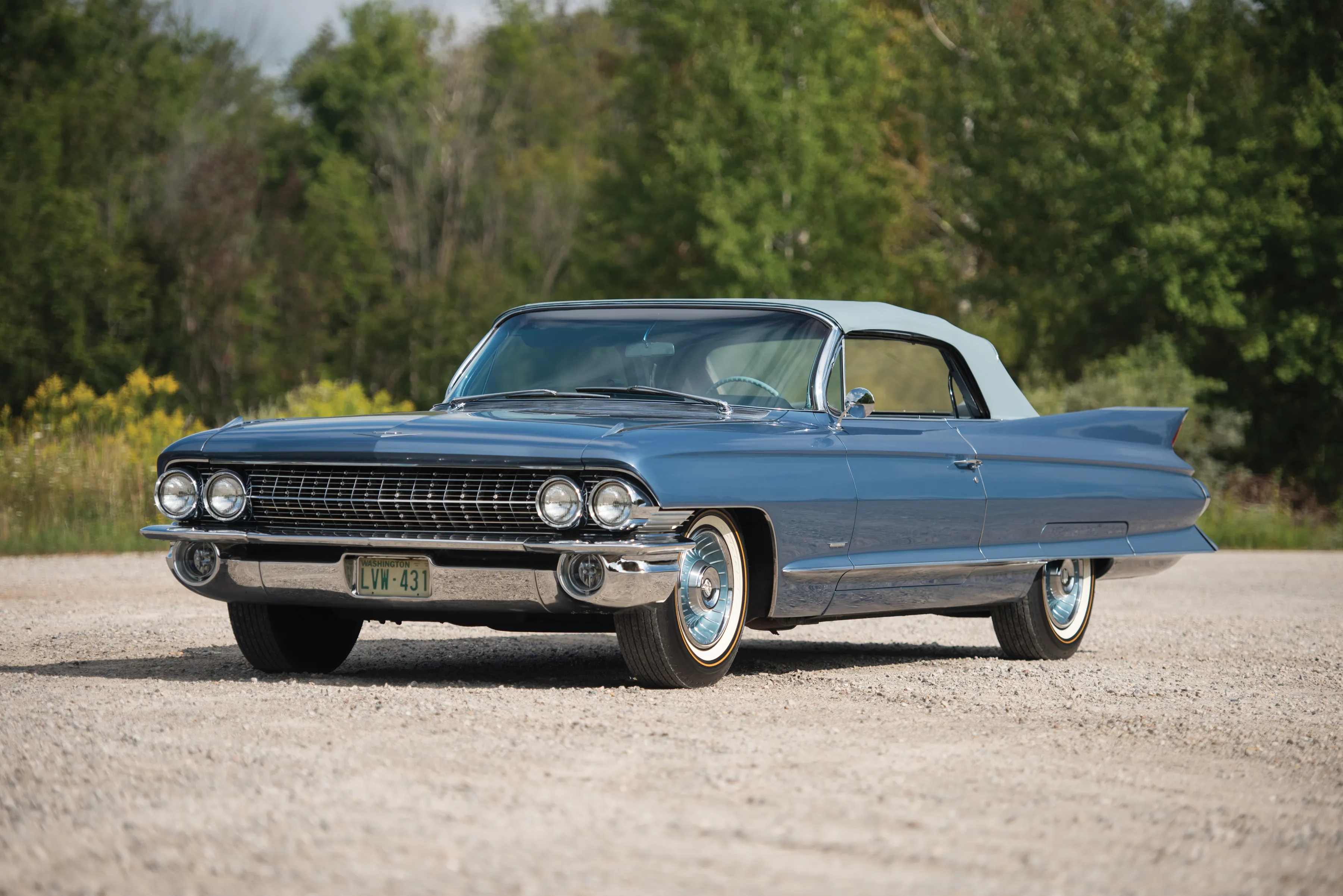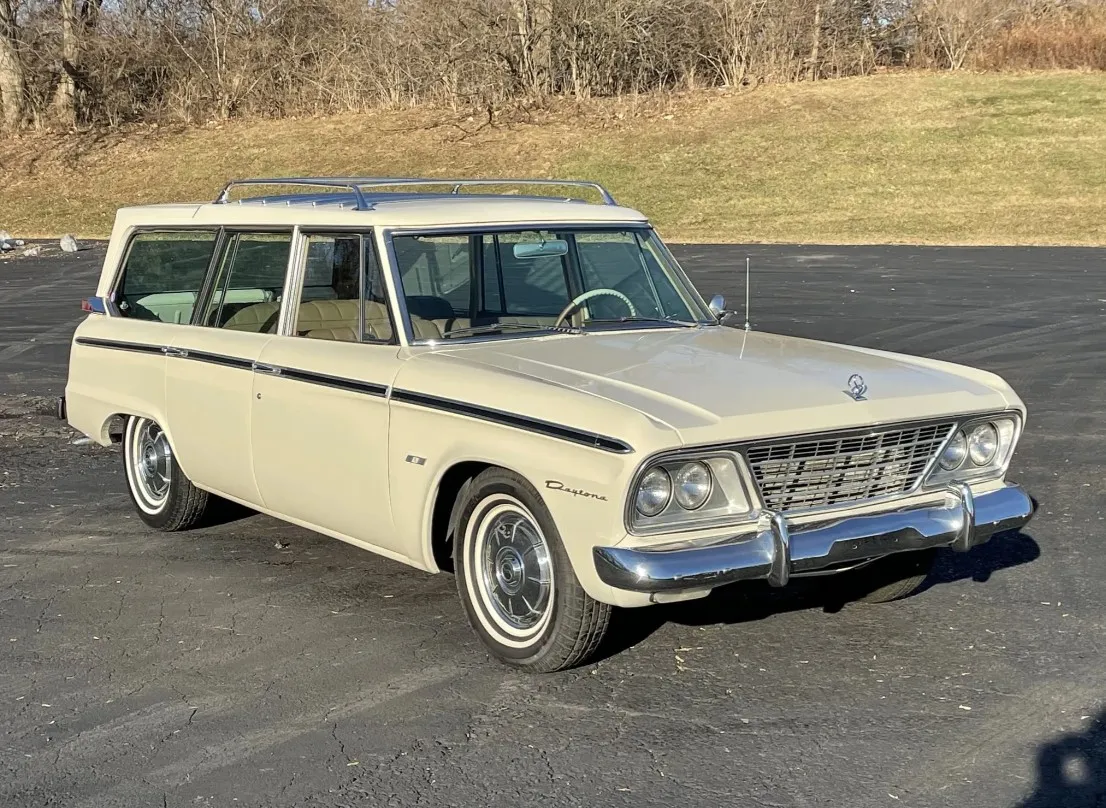In the world of classic cars, the Volkswagen Karmann Ghia stands as a remarkable testament to the marriage of German engineering and Italian design. Born from a collaboration between Volkswagen, Karmann, and Ghia, this sleek and stylish automobile quickly captured the hearts of enthusiasts worldwide. In this article, we'll delve into the history, design, engineering, and enduring allure of the Volkswagen Karmann Ghia.
Origins and Collaborative Genesis
The story of the Volkswagen Karmann Ghia begins with a convergence of two influential automotive companies: Volkswagen and Karmann. In the early 1950s, both companies recognized the potential for a stylish, sporty coupe that could complement Volkswagen's utilitarian lineup. Volkswagen, led by Heinz Nordhoff, was already enjoying success with the Beetle, a car known for its reliability and affordability. However, Volkswagen sought to expand its appeal to a more upscale, design-conscious market segment.
Karmann, a German coachbuilding company with a history of crafting elegant bodies for various automakers, including Mercedes-Benz, was eager to explore new opportunities in the burgeoning post-war automotive market. A chance encounter between Wilhelm Karmann, the company's founder, and Luigi Segre, an Italian designer representing Carrozzeria Ghia, set the wheels in motion for what would become the Karmann Ghia.
Design Inspiration and Aesthetic Excellence
The design of the Volkswagen Karmann Ghia was heavily influenced by Luigi Segre and the Italian design house Carrozzeria Ghia. The design was rooted in the graceful, flowing lines of Italian sports cars of the era, characterized by curvaceous fenders, a gently sloping roofline, and understated elegance. The Karmann Ghia's design language was a departure from the utilitarian, functional aesthetic of the Volkswagen Beetle. It was as if the Beetle had undergone a transformation, shedding its practical exterior to reveal a stylish, sophisticated alter ego.
The Karmann Ghia's signature features included its distinctive front grille, which bore a resemblance to the Porsche 356, and its sleek, sculpted body. The car's low profile and sweeping curves exuded an aura of timeless beauty that transcended the era in which it was born. In fact, the Karmann Ghia's design was so enduring that it remained virtually unchanged throughout its production life, spanning nearly two decades.
Engineering and Performance
-1692933972x1024.jpg)
While the Volkswagen Karmann Ghia was celebrated for its aesthetic appeal, it was equally notable for its engineering underpinnings. Beneath the elegant exterior lay the proven mechanical components of the Volkswagen Beetle. The Karmann Ghia shared the Beetle's rear-engine, rear-wheel-drive configuration, as well as its air-cooled, horizontally opposed four-cylinder engine. This engineering choice provided the Karmann Ghia with a reliable, straightforward drivetrain that was easy to maintain.
However, the Karmann Ghia was not designed to be a high-performance sports car. Its focus was on providing a comfortable, enjoyable driving experience rather than outright speed. The car's modest engine output was complemented by its well-tuned suspension, which offered a balanced blend of ride comfort and handling. It was a car that excelled in delivering a smooth, refined driving experience, rather than raw, track-oriented performance.
Introduction and Production
The Volkswagen Karmann Ghia made its debut at the 1953 Paris Auto Salon as a concept car. The overwhelmingly positive reception it received prompted Volkswagen to move forward with production. In 1955, the first production model, known as the Type 14, rolled off the assembly line in Osnabrück, Germany. The Karmann Ghia would go on to enjoy a production run that spanned nearly two decades, ending in 1974.
Throughout its production life, the Karmann Ghia underwent a series of incremental changes and updates. The early models featured distinctive details such as a divided windshield and a minimalist interior. As the years passed, the car's design was refined, and certain elements, like the bumpers and trim, were updated to meet evolving safety and styling standards.
Cultural Impact and Popularity
The Volkswagen Karmann Ghia quickly gained popularity, not only for its design and engineering but also for its affordability compared to other sports cars of the era. It became a symbol of accessible elegance, appealing to a wide range of consumers who sought a car that combined style with practicality.
In popular culture, the Karmann Ghia made appearances in films, television shows, and advertisements, often serving as a visual representation of sophistication and taste. Its timeless design ensured that it continued to be appreciated by subsequent generations of car enthusiasts.
Enthusiast Community and Collectibility
The enduring appeal of the Volkswagen Karmann Ghia is evident in the vibrant enthusiast community that continues to celebrate and preserve these iconic cars. Owners and collectors around the world are dedicated to maintaining and restoring Karmann Ghias, ensuring that these automotive gems remain on the road for generations to come.
Karmann Ghias are sought-after collectibles, with well-maintained, original examples commanding significant prices in the collector car market. Their scarcity and historical significance make them desirable additions to many car collections.
Legacy and Influence
The legacy of the Volkswagen Karmann Ghia extends beyond its production years. It played a pivotal role in shaping Volkswagen's image as a brand that could offer more than just practical, economical transportation. The Karmann Ghia demonstrated that Volkswagen had the capacity to produce vehicles that appealed to emotions and aesthetics, as well as utility.
Moreover, the Karmann Ghia influenced subsequent Volkswagen models, particularly in terms of design. Elements of the Karmann Ghia's graceful lines and clean, minimalist aesthetic can be seen in later Volkswagen models, such as the Volkswagen Scirocco and even the Volkswagen Beetle.
Conclusion: A Timeless Masterpiece
The Volkswagen Karmann Ghia stands as a testament to the power of collaboration and design excellence. Its enduring beauty, engineering simplicity, and cultural significance have secured its place in automotive history. It remains an embodiment of the idea that a car can be more than just a mode of transportation; it can be a work of art that evokes passion and admiration.
From the streets of post-war Europe to the global stage of automotive design, the Karmann Ghia's journey is a story of timeless elegance and innovation. It's a car that continues to capture the hearts of enthusiasts and admirers alike, reminding us that beauty, when combined with engineering prowess, can create a masterpiece that transcends time and trends. The Volkswagen Karmann Ghia is not just a car; it's an enduring symbol of automotive artistry.



